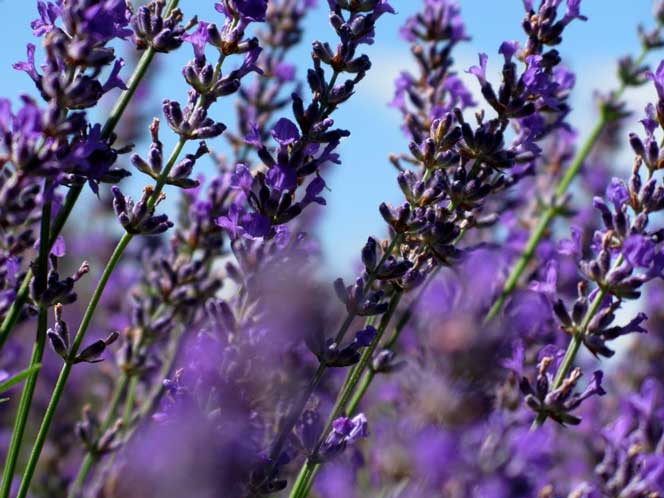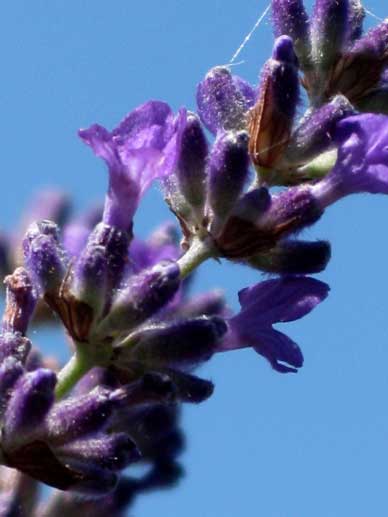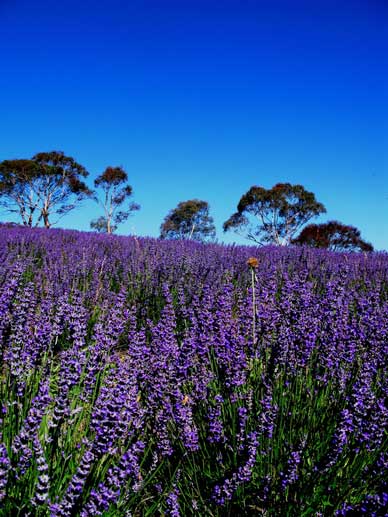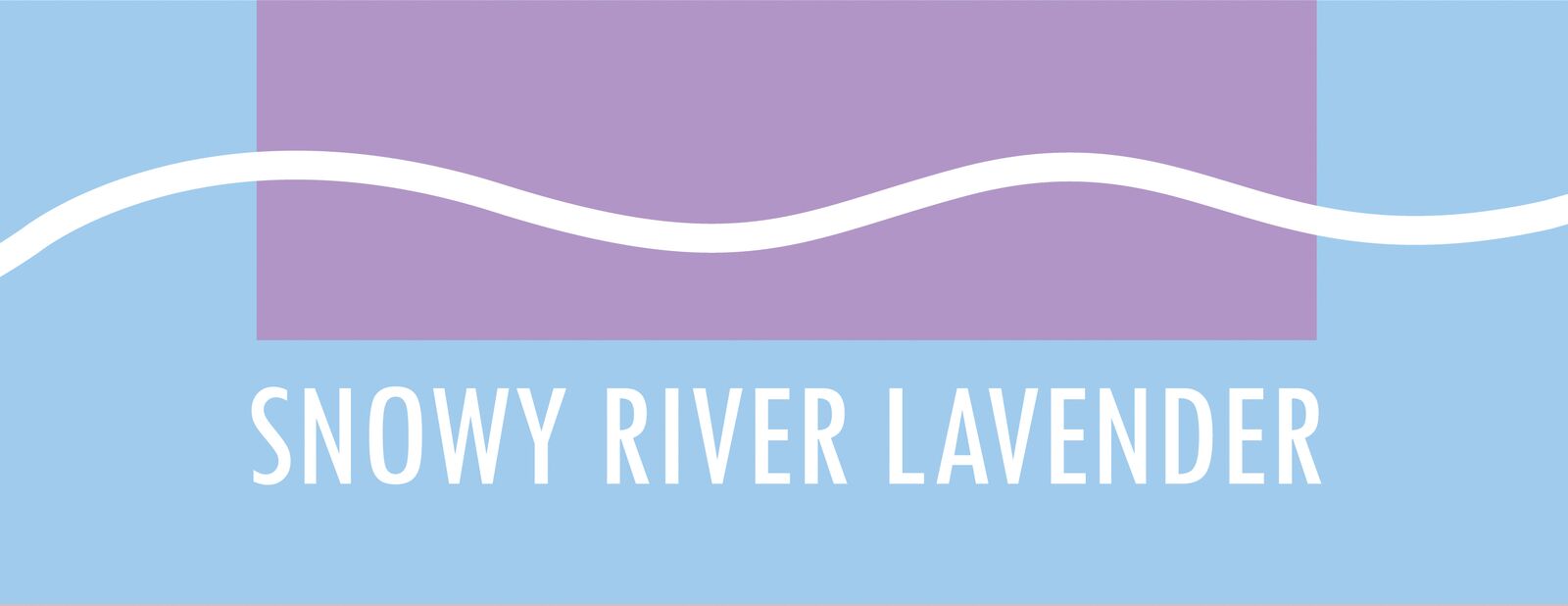

LAVANDULA ANGUSTIFOLIA ‘BEE’ – RESONANT & HONEY SWEET
L. angustifolia Bee has a semi-open bushy habit to 75 cm round when it bears a profusion of densely packed mauve flower spikes of between 8 and 15cm in length. Developed from seed by Larkman Nurseries (AUST), Bee has marked out a very special place for itself at Snowy River Lavender. Not only is Bee a very successful plant in our growing conditions, producing consistent high yields (1.1- 1.3%) of exceedingly high quality lavender oil, it is also naturally fertile on our farm being the most generous of our parent plants in spontaneously producing seedling stock. It must be said that about 80% of our initial ‘Sponnee’ seedlings were collected from amongst the Bee cultivars and while many of these seedlings as adult plants are showing evidence of cross-pollination with our other lavender cultivars, Bee has well and truly stamped it’s genetics on the seed population oils of Snowy River Lavender.
ESSENTIAL OIL
L.a. Bee produces an essential oil well balanced in the key lavender compounds and compares positively to all the Standards for L. angustifolia oil (Pharmacopeia and ISO - French, Australian & Other). Bee is the richest of our lavender oils characterised by a spicy sweet honey aroma with hints of dry wood and mushroom. For lavender oil, Bee has an unusual lasting effect, which we attribute to consistently high levels of the warming spicy floral, cis-ß-ocimene (6 - 8%), the sweet peppery tenacity of ß – caryophyllene (2.19 - 3.00%) and the buttery honey ketone, 3-octanone (2.5 – 4.5%). While this level of 3-octanone is slightly higher than the French ISO Standard (trace - 2 %) it sits exactly within the Australian ISO Standard (2 - 5%). The Australian ISO Standard is predicated on Tasmania’s famous Bridestowe Lavender Oil an essential oil naturally high in the octanone compound and importantly is well regarded for high-end perfumery
HYDROSOL
The hydrosol derived from the bee cultivar has the piquant honey aroma typical of most angustifolia cultivars but with more sweet intensity. As with all our lavender hydrosols Bee comes off the still with a pH level well below 4.00, giving it a high level astringency.


TYPICAL PHYTOCHEMICAL PROFILE RANGE, L.A. BEE 2005 – 2014
linalool 29.9 – 34.2 • linalyl acetate 31.52-38.93• lavandulol 0.24 – 0.61 • lavandulyl acetate 1.61- 2.42• limonene/ ß-phellandrene 0.42 - 1.24 • octen -3-ol 0.14 – 0.47 • 1,8-cineole trace - 0.02• cis-ß-ocimene 6.3 – 8.2 • trans-ß-ocimene 0.88 – 1.29 • 3-octanone 2.53 - 4.47 • octen-3-yl acetate 1.44 – 2.17• geranyl acetate 0.48 – 0.82 • neryl acetate 0.23 - 0.48 • camphor 0.04 – 0.29 • borneol 0.49 – 0.83 • terpinen-4-ol 0.10 – 0.63 • α- terpineol 0.33 - 1.22 • ß – caryophyllene 2.19 – 3.00 • (E)-beta-farsenene 0.14 – 0.16 • α –santalene 0.95 - 1.19
